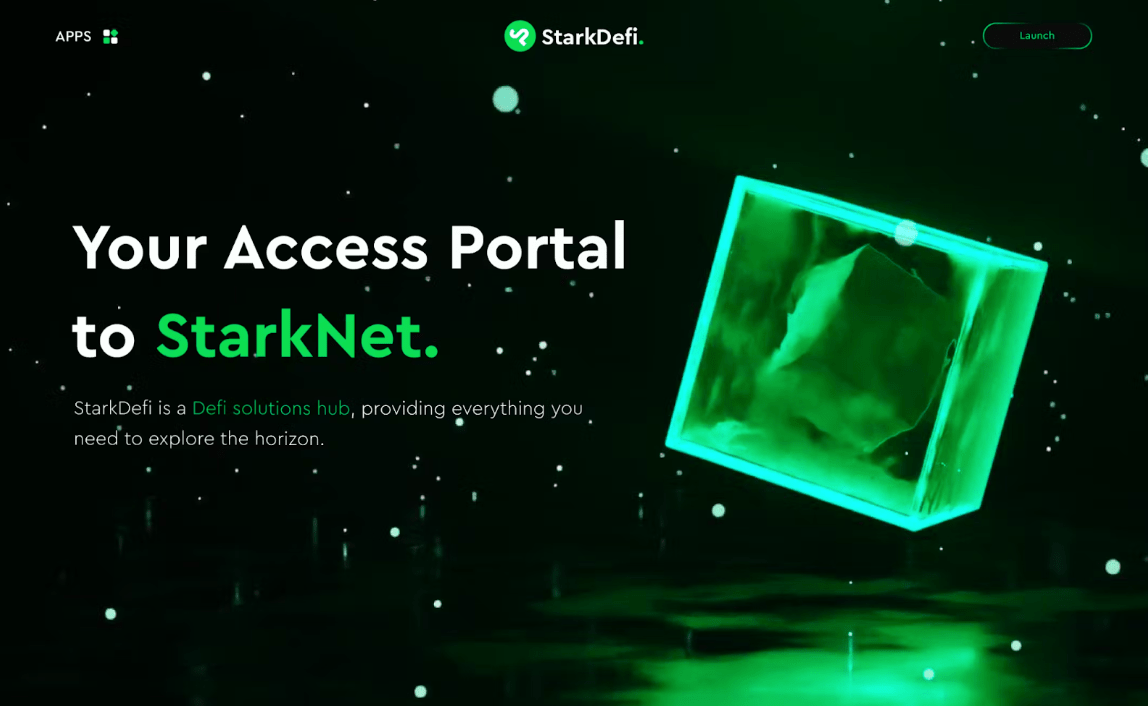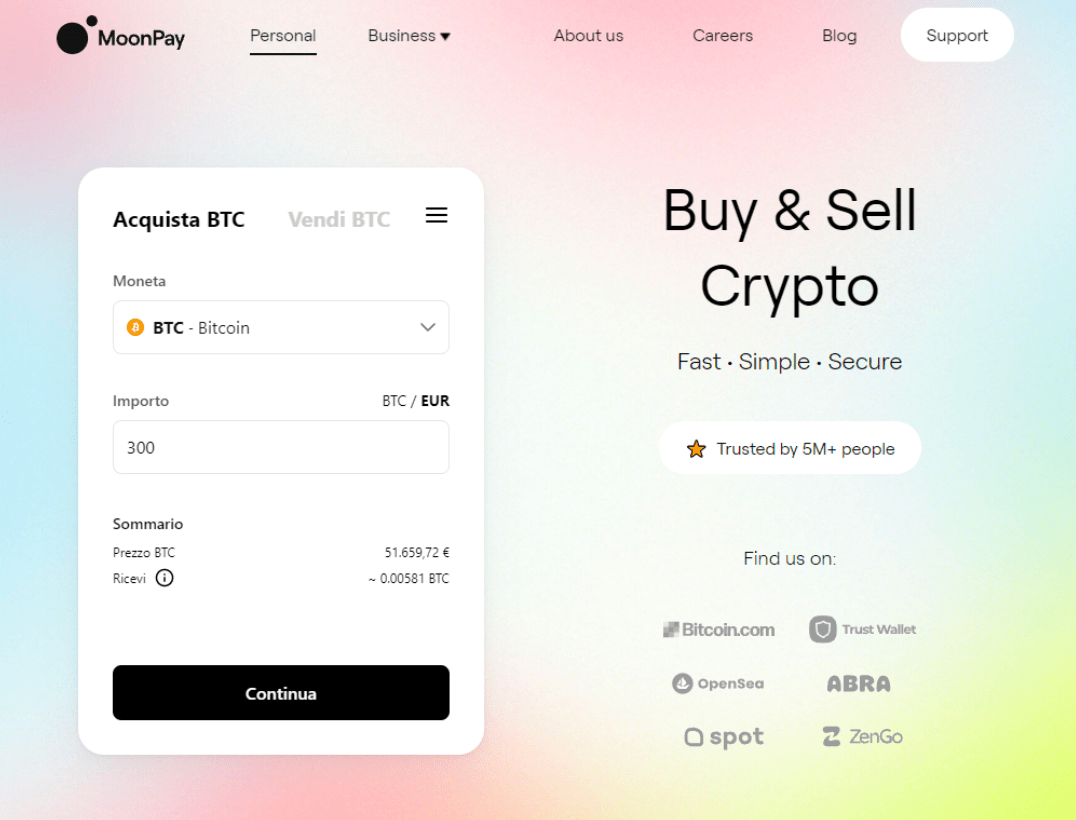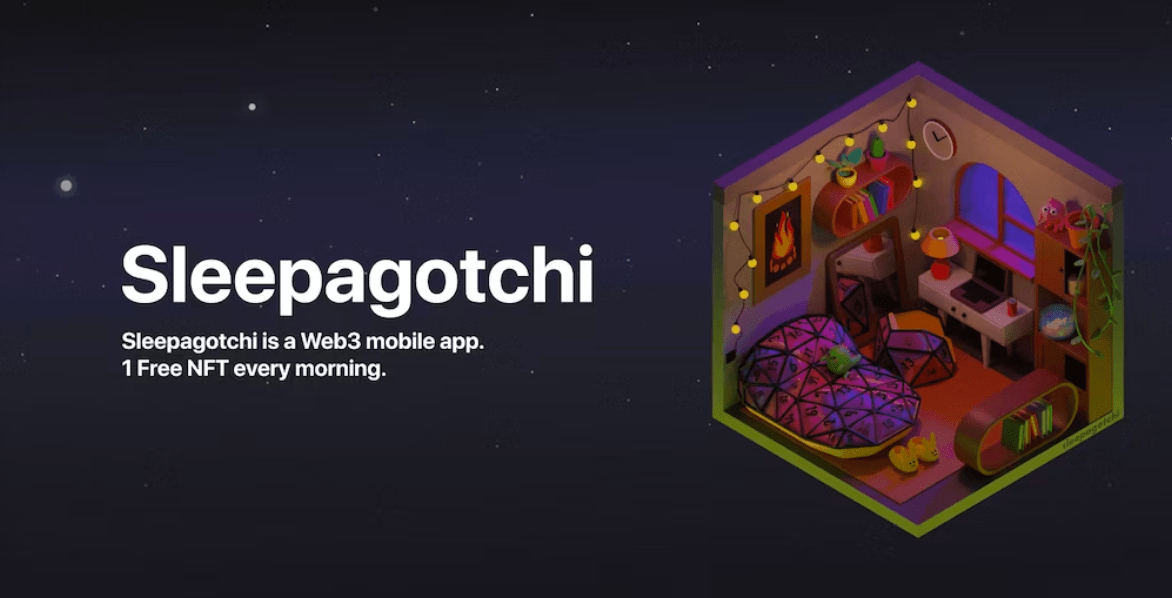The growing interest in Web 3 is fueled by its potential to revolutionize digital transformation across the globe. Organizations and individuals are eager to explore Web 3.0 examples, particularly in the areas of decentralized finance (DeFi), non-fungible tokens (NFTs), and the metaverse. The total market size of Web 3.0, including blockchain, NFTs, the metaverse, and other technologies, is expected to reach 81.5 billion dollars in 2030.
Web 3 technology is reshaping the future of the internet by enabling new ways to interact with the digital world. Explore the leading Web 3 apps reshaping the future of the internet. Discover innovation at its peak in Artelogic latest article.
What is the Web3?
Web3 is the next generation of the internet, built on blockchain technology. It is a decentralized web where users have more control over their data and online experiences.
Web3 is important for many reasons:
- It gives users more control over their data. In Web2, our data is often controlled by large technology companies. With Web3 software, users own their data and can choose who they want to share it with.
- It is more decentralized. A few large tech companies dominate Web2. Web3 is more decentralized, with no single entity in control. This makes it more resistant to censorship and attack.
- It is more secure. Blockchain technology is used to secure Web3 software and transactions. This makes Web3 more secure than Web2, which is often vulnerable to hacking and data breaches.
- It opens up new possibilities. Web3 is still under development, but it has the potential to revolutionize the way we interact with the internet. For example, Web3 can be used to create new types of financial services, social networks, and gaming platforms.
Web3 vs. Centralized Apps
Google Chrome, Microsoft Edge, and Mozilla Firefox are the most popular web browsers today, and you’re probably an avid user of Web2. But have you heard of Web 3.0 examples of web browsers — Brave, Orion, or Beaker Browser? These are just a few Web 3 examples of the new wave of Web3 browsers, which are already in active development and use.
So what’s the difference between Web2 and Web3?
In short, Web2 is the internet as we know it today, where centralized platforms like Google, Facebook, and Amazon control the flow of information and data. Web3, on the other hand, is a decentralized internet that is built on blockchain technology. This means that users have more control over their own data and privacy and can participate in the governance of the internet itself.
Here are some of the key differences between Web2 and Web3:
- Centralization vs. decentralization: Web2 is centralized, meaning that a few large companies control most of the internet. Web3 platform is decentralized, meaning that any single entity does not control it.
- Data ownership: In Web2, companies own and control the data that users generate. In Web3, users own their own data and can choose how it is used and shared.
- Privacy: Web2 companies often collect and sell user data without consent. Web3 apps are designed to protect user privacy and give users more control over their own data.
- Governance: Web2 is governed by the companies operating the platforms. The users themselves govern Web3.
Web3 is still in its early stages of development, but it has the potential to revolutionize the way we use the internet. With web 3.0 examples, we can create a more open, equitable, and secure internet for everyone.
Fun fact
Brave, Orion, and Beaker Browser are all Web3 browsers that are designed to protect user privacy and give users more control over their data.
Best 5 Web3 Applications
Web 3 applications are the next generation of the internet, built on blockchain technology to provide users with more control over their data and privacy.
Here are five of the best Web3 products to try in 2023:
ChainGPT is a groundbreaking AI model that is revolutionizing the way we develop and interact with smart contracts. With ChainGPT, anyone can create and deploy smart contracts without any coding experience. ChainGPT can also help you debug, analyze, and optimize your smart contracts, ensuring that they are secure and efficient.

StarkDeFi is a blockchain hub that aims to make decentralized finance (DeFi) more accessible and user-friendly for the next generation of users. It does this by providing a variety of DeFi solutions in one place, including automated market makers (AMMs), synergy pools, farms, liquidity lockers, staking, minting, and launchpads.

Magic Square is a one-stop shop for everything Web3. It’s a place where users can find the best apps and games, learn about the latest developments in the space, and earn rewards for their participation.

MoonPay is a bridge between the traditional financial system and the crypto economy. It allows users to buy cryptocurrencies with their fiat currency (e.g., USD, EUR, GBP) and sell cryptocurrencies for fiat currency. MoonPay also supports a wide range of payment methods, including credit cards, debit cards, bank transfers, and Apple Pay.

Sleepagotchi is a web3 example of a gamified sleep tracker that rewards users for getting a good night’s sleep with free NFTs and crypto tokens. Users can earn one free NFT every morning and two free NFTs if they meet their sleep goals.

The Future of Web3 Applications
The future of Web3.0 applications in 2024 is set to continue transforming various industries. Here are some key trends and applications projected for Web3 in 2024:
- Decentralized Finance (DeFi): DeFi is poised to persist in addressing the challenges of the conventional banking system. It involves a decentralized exchange that doesn’t require custody and uses smart contracts in a transparent and open financial environment, giving users control over their transaction data.
- X-to-Earn Applications: These applications are predicted to propel the widespread adoption of cryptocurrencies.
- Web3 Social Networks: These networks are expected to gain prominence, providing a decentralized alternative to traditional social media platforms.
- Modular Blockchains: These could potentially resolve Buterin’s trilemma, offering scalability, security, and decentralization.
- Zero-disclosure Technology (zkp): This technology will offer enhanced privacy in the blockchain.
- Metaverse: The Metaverse is anticipated to continue merging the boundaries between the real and virtual worlds, offering interactive and open-source public chains where different virtual worlds can interconnect.
By 2024, 25% of global enterprises will most likely integrate their legacy apps and services with decentralized Web 3.0 applications. Moreover, as we already mentioned, the total market size of Web3.0, including blockchain, NFTs, the metaverse, and other technologies, is expected to reach 81.5 billion dollars in 2030.
Conclusion
While Web 3.0 is still in its early stages of development, it has the potential to revolutionize the way we interact with the internet. Web 3 technologies create a more equitable and inclusive online world by giving users more control over their data and privacy.
In the short term, we can expect to see Web 3.0 applications become more user-friendly and accessible to a broader audience. We will also see more and more best web3 websites emerge that take advantage of the unique features of Web 3.0, such as decentralization and blockchain technology.
In the long term, Web 3.0 can transform many aspects of our lives, from how we work and learn to how we interact with government and businesses. It is an exciting time to be involved in the Web 3.0 revolution, and we can look forward to many new and innovative web3 projects in the future.
FAQ
How does Web3 software leverage blockchain technology?
Web3 examples leverage blockchain technology to create decentralized applications (DApps). These DApps operate on a peer-to-peer network; no single entity can control it. They use smart contracts to automate actions and transactions on the blockchain.
What are the benefits of using Web3 software compared to traditional centralized apps?
Web3 software offers many advantages over traditional centralized apps, including decentralization, data ownership, privacy, transparency, and security.
How can I get started with using Web3?
To start with Web3, you’ll need a digital wallet like MetaMask or Trust Wallet. You can then interact with DApps through a Web3 browser such as Brave or Status.
How can I ensure the privacy of my data when using Web3 software?
Web3 software gives users control over their data. However, it’s essential to understand that all transactions on the blockchain are public. Some users opt for privacy-preserving technologies like zk-SNARKs or private sidechains to enhance privacy.
What trends and developments can we expect to see in the future of Web3 software?
The future of Web3 will likely see more decentralized services, improved scalability solutions, better user interfaces for DApps, and more real-world integrations.
Are there any potential challenges or drawbacks to using Web3 software?
While Web3 offers many benefits, it also comes with challenges like scalability issues, high transaction fees on some blockchains, and a steep learning curve for new users.
How does Artelogic assist clients in adopting and utilizing Web3 software?
Artelogic helps clients navigate the complexities of the Web3 landscape by providing consulting services, developing custom DApps, and offering support for integrating with existing systems. Contact us now to learn more.


















